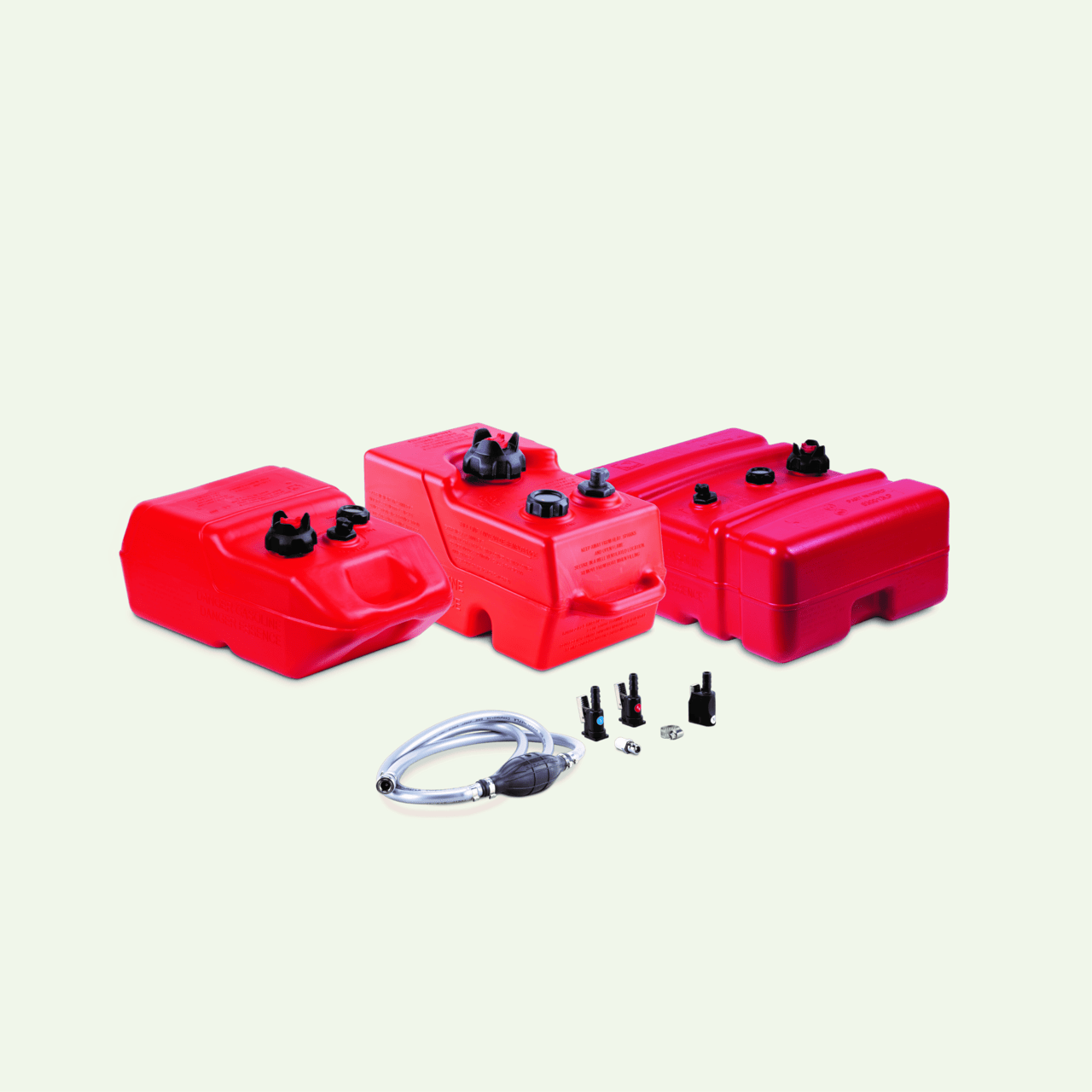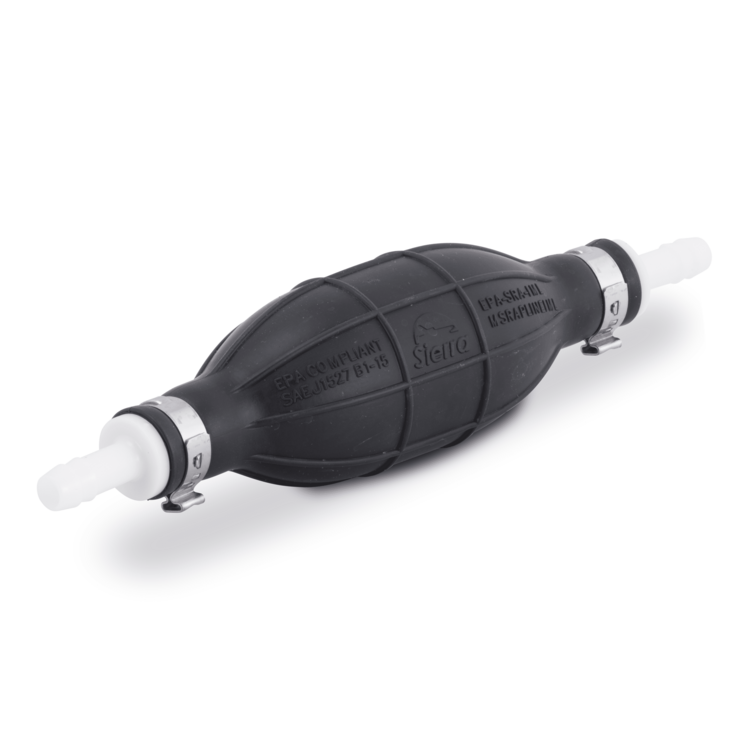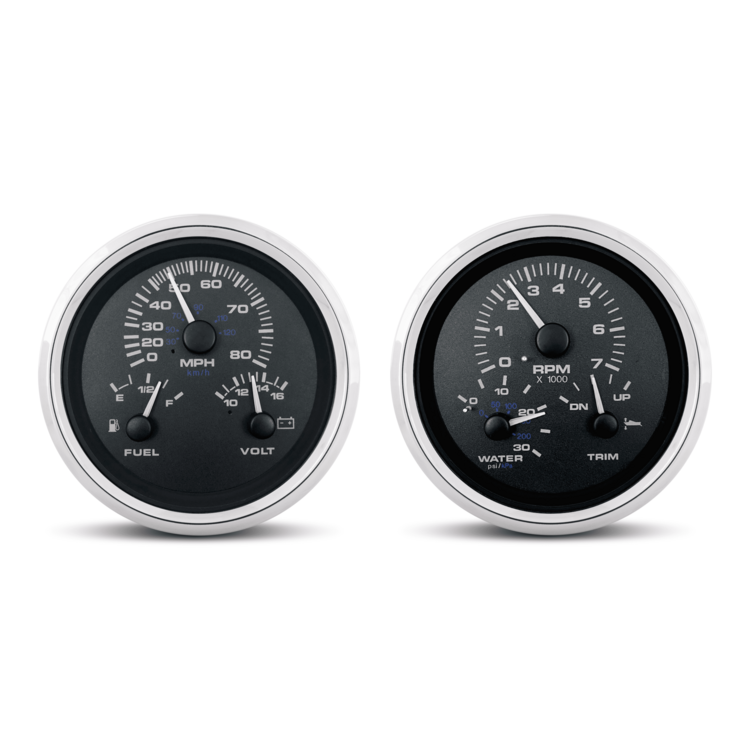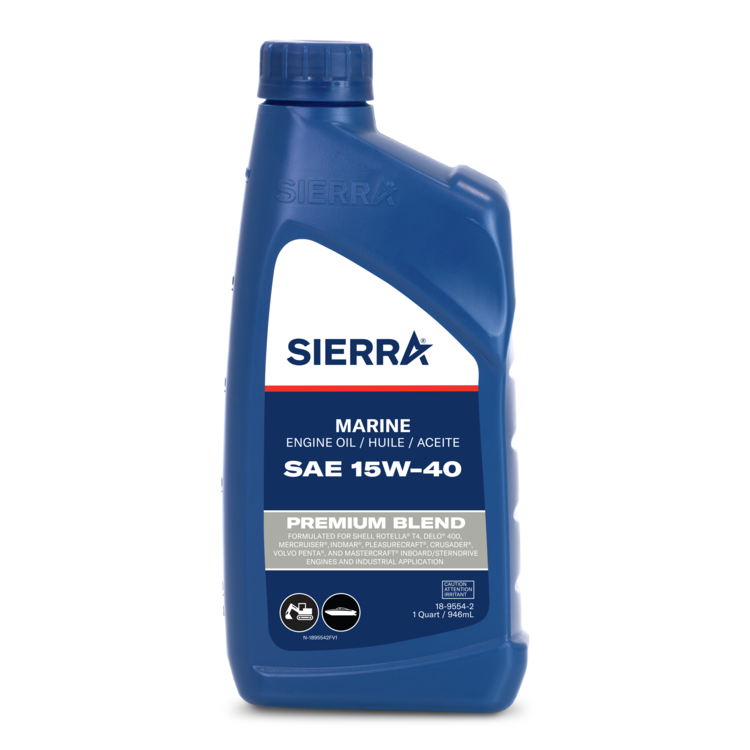
How to Choose the Right Fuel Tank for your Boat
Boat fuel tanks are essential components of any vessel that runs on gasoline or diesel fuel. These tanks come in various shapes and sizes and they're designed to safely store and deliver fuel to the engine. In this article, we will take a closer look at the different types of boat fuel tanks, their materials, installation, and maintenance.
Types of Boat Fuel Tanks
There are two main types of boat fuel tanks - portable and permanent. Portable tanks are designed to be easily removed from the boat and refilled at a fueling station. They're usually made of plastic and come in various sizes, from one-gallon to fifty-gallon capacity.
Permanent fuel tanks are installed in the boat's hull and are not meant to be removed. These tanks are usually made of aluminum or plastic and can hold ten to several hundred gallons of fuel. Permanent tanks are typically found on larger vessels and are more common on powerboats than sailboats.
Materials Used in Boat Fuel Tanks
Boat fuel tanks are made from a variety of materials, each with unique advantages and disadvantages. The most common materials used are aluminum, plastic, and stainless steel.
Aluminum
Aluminum is a lightweight and durable material that is corrosion-resistant. It’s also relatively easy to work with, making it an ideal choice for custom tanks. However, aluminum can react with ethanol fuel additives and cause corrosion if not properly treated.
Plastic
Plastic is lightweight, corrosion-resistant, and less expensive than aluminum. However, plastic tanks are not as strong as aluminum and can be prone to cracking and leaking if not properly maintained.
Stainless Steel
Stainless steel is a durable and corrosion-resistant material that's commonly used for larger permanent tanks. However, it’s a more expensive material and can be difficult to work with, making it less common for custom tanks.
Installing Fuel Tanks
Installing a boat fuel tank requires careful consideration and planning. Choose the location and placement of the tank carefully. This will ensure it is secure. The location should not interfere with the boat's balance or stability.
Check that the tank meets all relevant safety regulations and standards before installation. Confirm the tank is properly vented and has a suitable capacity. Secure the tank in place using appropriate materials and methods. Remember that permanent tanks are usually installed by a professional. Many boat owners are comfortable installing a portable tank without any assistance. Always consults your owner manuals for fuel system requirements.
How Much Fuel Do You Need?
Choosing the right fuel tank for your boat is an important decision that can affect the safety, efficiency, and overall performance of your vessel. There are several factors to consider when selecting a fuel tank, including size, material, and installation requirements.
Determine the tank size
First, determine the appropriate size of the fuel tank based on your boat's fuel consumption and range requirements. Ask yourself – How long will I typically be running the engine? Consider how often you plan to use your boat and the distance you will travel on each trip. A larger fuel tank may be necessary if you plan on spending extended periods of time on the water or traveling long distances without access to refueling stations. Consult your engine’s owner manual for details.
Consider tank materials
We reviewed common tank materials at the beginning of this article. Depending on your boat type and needs, the tank material may be an easy decision. Consult your boat and engine manuals for details about any fuel system requirements. Just remember that there are options available for various scenarios.
Portable or permanent fuel tanks
Finally, you need to understand the installation requirements for your boat’s fuel tank. Tanks come in two types – permanent and portable. Permanent tanks are designed for permanent installation and must be installed by a professional. Portable fuel tanks can be easily removed and replaced when necessary. Think about the layout of your boat and the available space for installation when choosing a portable tank.
Fuel System Connectors and Hoses
The tank is part of your boat’s fuel system. Various types of fuel connectors and lines move the fuel from your tank to the engine and help maintain the integrity of the entire system. A healthy fuel system is an essential part of basic boat maintenance and safe operation.
Types of Fuel Connectors
Choosing the right type of fuel connector is an important step in understanding and maintaining your fuel system. Using the wrong type can cause leaks or other safety hazards. All fuel connectors should be regularly inspected for wear or damage and replaced if necessary.
There are several different types of fuel connectors - threaded, barbed, and quick-connect fittings. Threaded fittings are commonly used in permanent fuel tank installations and require a threaded connection to the fuel line. Barbed fittings are often used in portable fuel tanks and are secured to the fuel line with a hose clamp. Quick-connect fittings are the easiest to use, allowing a secure and fast connection between the fuel line and tank.
Consult your engine’s owner manual for fuel system requirements.
EPA Compliant Fuel Hose
The fuel line connects the fuel tank to the engine. The Environmental Protection Agency (EPA) has specific regulations regarding the type of fuel lines that should be used in marine applications to reduce emissions and prevent fuel leaks.
EPA-compliant fuel lines are designed to withstand the corrosive effects of ethanol fuel additives and are made from materials that are resistant to degradation. They're designed to be compatible with specific types of fuel connectors to ensure a secure and leak-free connection.
Using an EPA-compliant fuel line is crucial for the safe and efficient operation of your boat's fuel system. Non-compliant fuel lines can deteriorate over time and become brittle, leading to leaks or other safety hazards. Using the wrong type of fuel line can result in clogs or other issues that can damage the engine or reduce its performance.
Maintaining Boat Fuel Tanks
Proper maintenance of boat fuel tanks ensures safe and efficient operation. This includes regular inspections and cleaning to ensure the tank is free from debris, corrosion, and other contaminants. Regularly check the tank's fittings, hoses, and connections for signs of wear or damage.
Any damaged or worn components should be replaced immediately to prevent leaks or other safety issues. Boat owners should also be aware of the risks associated with ethanol fuel additives. Ethanol can cause corrosion and other damage to aluminum tanks. Boat owners should take steps to mitigate these risks. Use fuel stabilizers and additives. Properly drain and flush the tank when not in use.
The integrity of your fuel system
Fuel tanks, fuel connectors, and fuel lines are all important components of a boat's fuel system. It’s important to choose the right type of fuel connector and to properly maintain the components in the fuel system. Use an EPA-compliant fuel line to maintain the integrity of your boat's fuel system.
By following these guidelines and regularly inspecting and maintaining your fuel system, you can help ensure the longevity and reliability of your boat's engine, as well as the safety of everyone onboard.






Leave a comment